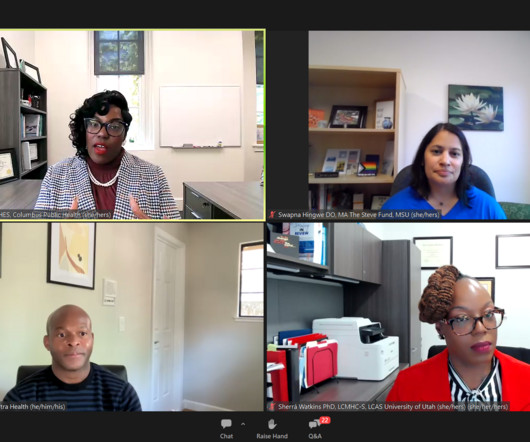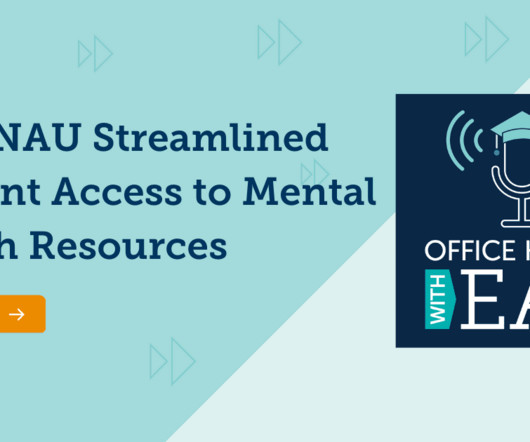Webinar: Mental Health Equity on Campuses Requires More Extensive Work
Diverse: Issues in Higher Education
AUGUST 30, 2023
Sherrá Watkins The panel discussion – hosted by higher ed mental health provider Mantra Health and the Steve Fund, which focuses on mental wellbeing for youth of color – was centered around how a major part of student success hinges on mental health, and how some communities may not be getting equal access to the resources they need.














Let's personalize your content